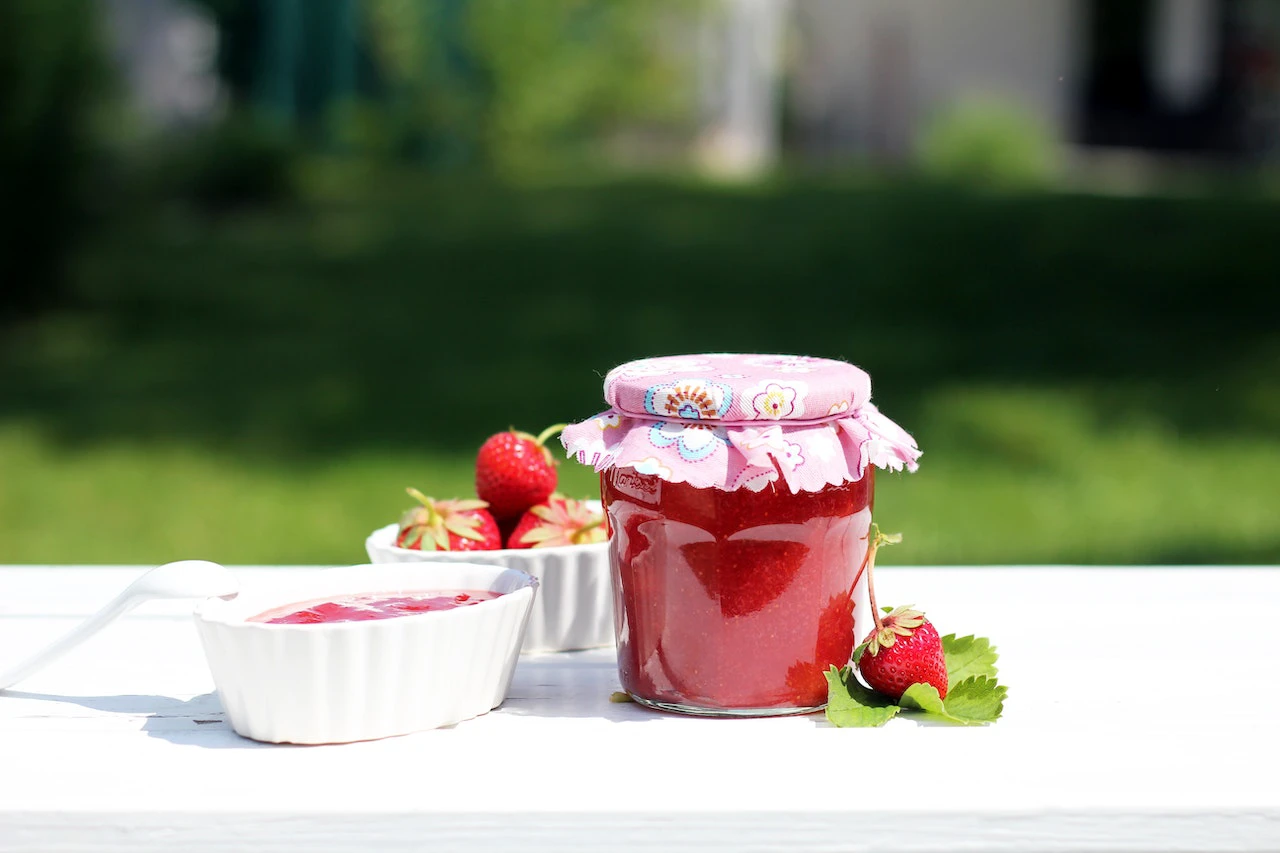
It’s that time of year again. Gardens are overflowing with the bounties of a summer filled with watering, weeding and harvesting. And farmers’ markets and roadside stands offer a rainbow of fruits and veggies, just waiting to be eaten! If you’re like many Americans, you may have started or expanded your home garden recently, and there are a lot more hobby gardeners like you this year if you look at statistics. So, what do you do with all of that produce that’s been picked at the peak of perfection?
- Gift it.
This is the easy answer! When you’ve got cucumbers and tomatoes covering every flat surface in your home, just bag it up and take it to neighbors, family and friends. Sometimes you’ll get baked goods in return!
- Freeze it.
Also, this seems like an easy way to go, but some fruits and veggies do better than others in the freezer. Tomatoes, in pretty much any form will freeze well, as long as you plan to cook them as part of the final dish. You can shred zucchini and freeze for use later in breads and cookies. You can also freeze fruit in a variety of ways. Slice and peel (if it needs it) now, so it’s ready to use in smoothies, shakes and other yummy recipes throughout the year. You can even make freezer jam!
- Can it.
It seems canning your food to preserve it is becoming increasingly popular. It’s a simple process in which you use a water bath or pressure canning method to kill micro-organisms and seal the jar. When done correctly, this process keeps your food safe and delicious for months to even years. There are many tutorials online to help you learn to do this with just a few steps.
- Bake it.
We’ve already mentioned baked goods, but a lot of fruits and veggies can be recreated in breads, cookies, cobblers and muffins. Zucchini, yellow squash, carrots, beets, even cucumber can be shredded and cooked to make a delicious dessert or breakfast. Casseroles abound as well for those who don’t want the sweets. After you’ve had your fill, freeze the leftovers into individual portions for grab-and-go after school snacks or a quick weeknight dinner before practice.
- Just store it.
Many types of produce will last a very long time if you store it (and prepare it) properly. Onions that have been cured, meaning they’ve been allowed to get the dry papery skin on the outside and aren’t bruised or damaged can last for months in a cool, dark, non-humid environment. Other veggies that can last a very long time are potatoes as well as harder, winter squashes like butternut and spaghetti. You can get months out of these items as well. And even if you’re ready to use your produce, try storing the cut pieces in glass instead of plastic in your refrigerator. You’ll get days to weeks more use out of the same items you’re used to throwing out.
Home ownership can be so fun and adding a backyard garden is no exception. Hopefully some of these tips will inspire you to get creative in making your food last for a long time this winter.
